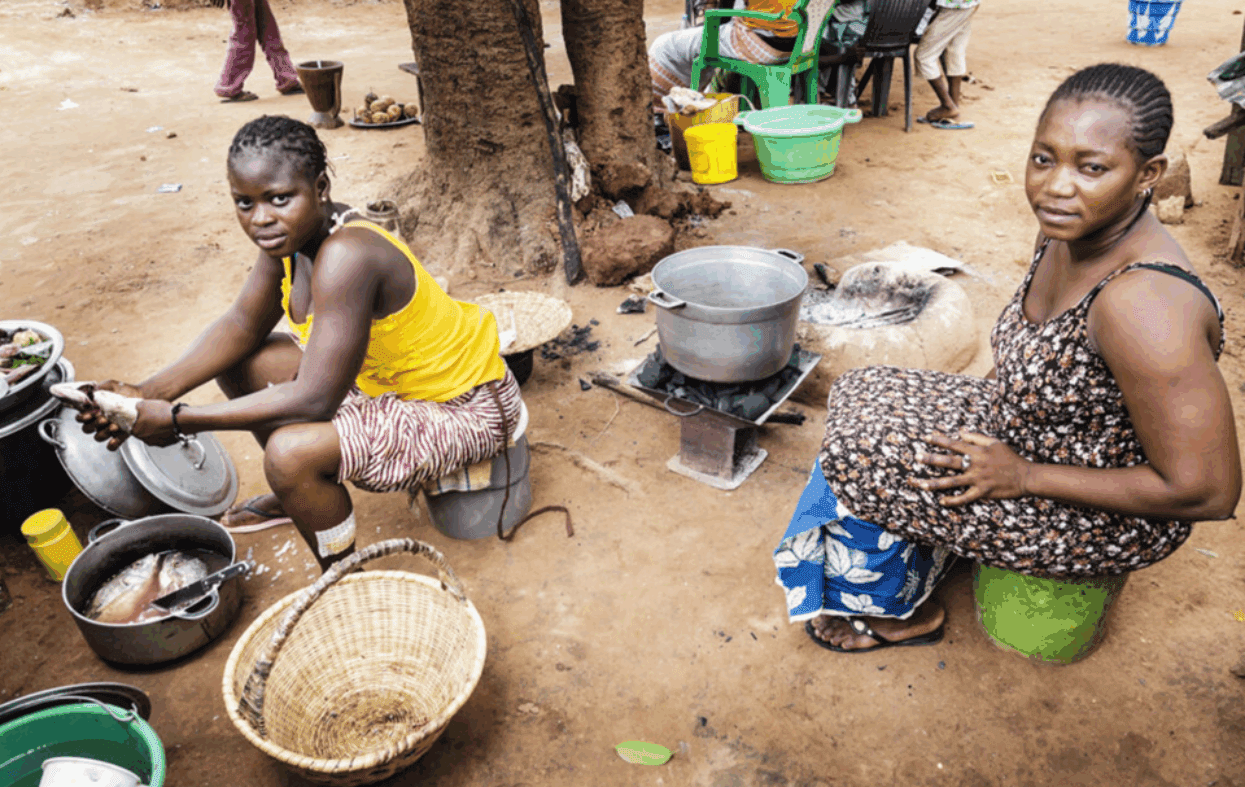
To follow on from last month’s interview with Dominic Harris from CarbonQuota, we asked him for some deeper insight into a very familiar phrase that I’m sure everyone will recognise: carbon offsetting.
Dominic firstly explained that too many businesses in print and other sectors use the term offsetting in a way that is inconsistent with climate science. Whilst this is being done for the right reasons, it comes with a lot of debate and cynicism within the environmental expert community. In fact, the Science Based Targets Initiative, a global leader in carbon management set up by a consortium including the World Wildlife Fund, does not accept offsets as a way of reducing carbon.
By the end of 2021, a project called the Voluntary Carbon Markets Integrity Initiative, spearheaded by Mark Carney, aims to develop international guidance for businesses. This will ensure your claims around becoming ‘carbon-neutral’ or ‘net-zero’ using offsetting are credible. While we wait for that guidance, we will try to fill in the gaps to help you make plans.
What is offsetting?
Carbon offsetting is a catch-all phrase and, like net zero or carbon neutral, can be incorrectly used to refer to schemes which are not certified to have reduced or removed carbon from the atmosphere today. Many tree planting or preservation of existing forests lack independent verification.
Being carbon neutral by using offsetting means the carbon emitted by an activity (e.g. making a product) are cancelled out today by the reduction or removal of an equal amount of carbon. This should be via verified and traceable offset schemes that ensure the carbon reduction is real and permanent.
What’s the best approach for our members?
Offsetting should only follow an exhaustive carbon reduction programme, Dominic explained. The primary focus for sustainable businesses should be about achieving an ambitious carbon reduction target, and only use offsetting where residual carbon emissions cannot be removed – offsetting isn’t the answer, it’s part of the story!
He also explained the international standards that should be followed when considering offsetting. For example, when an organisation looks to become carbon neutral, it’s critical to apply the PAS 2060 standard as this helps to demonstrate credibility in your efforts to manage and reduce greenhouse gas emissions.
You should also only select carbon offsets from the highest quality schemes such as Gold Standard and VCS. These types of schemes offer a portfolio approach that uses several initiatives such as clean cookstoves, clean water, biogas, and renewables and some forestry schemes. This mitigates the risk of price increases, reputation, and lack of availability. These schemes also contribute a wider socio-economic benefit to local communities including employment, health improvements, biodiversity and many other factors that contribute to the United Nations Sustainable Development Goals.
Are there other choices?
The big businesses such as supermarket chains rarely talk about offsetting and focus their efforts on collaborating with suppliers that are actively reducing carbon emissions. This is a critical area for major brands and their expectations on their supply chains are getting higher every day. In fact, Unilever have stated they want to see carbon footprints on all quotes and invoices they receive, and that clearly will mean their suppliers will need to find a way to do this!
There’s a clear message here: our members should look to baseline and reduce their carbon emissions as the best choice in their sustainability journey.
Tree planting and re-wilding schemes
These are vital to revive biodiversity and help prevent the potential breakdown of nature due to human activities. However, they are not usually considered as carbon neutral in the short term because it can take decades for a new tree to begin to remove carbon dioxide from the atmosphere. In many ways these schemes are a gift for the next generation.
Forest preservation
Again, these are vital to preserve existing biodiversity. However, it is rarely considered a genuine offset meeting carbon neutral standards because many people claim the forest wasn’t under threat in the first place, or they don’t reverse carbon emissions.